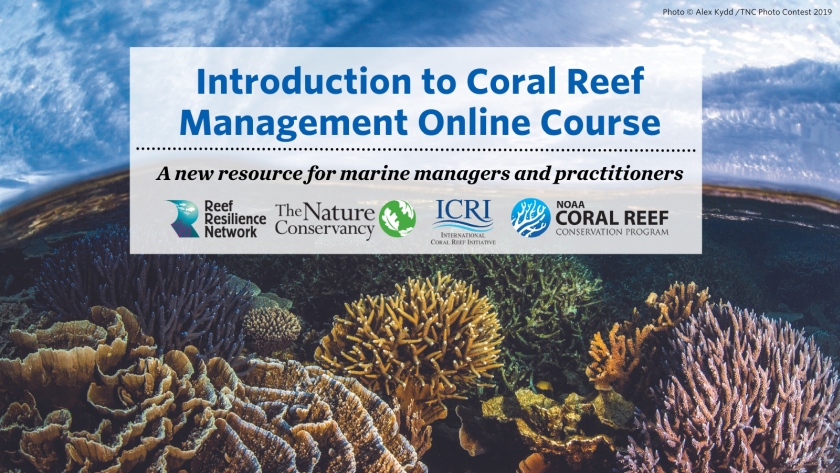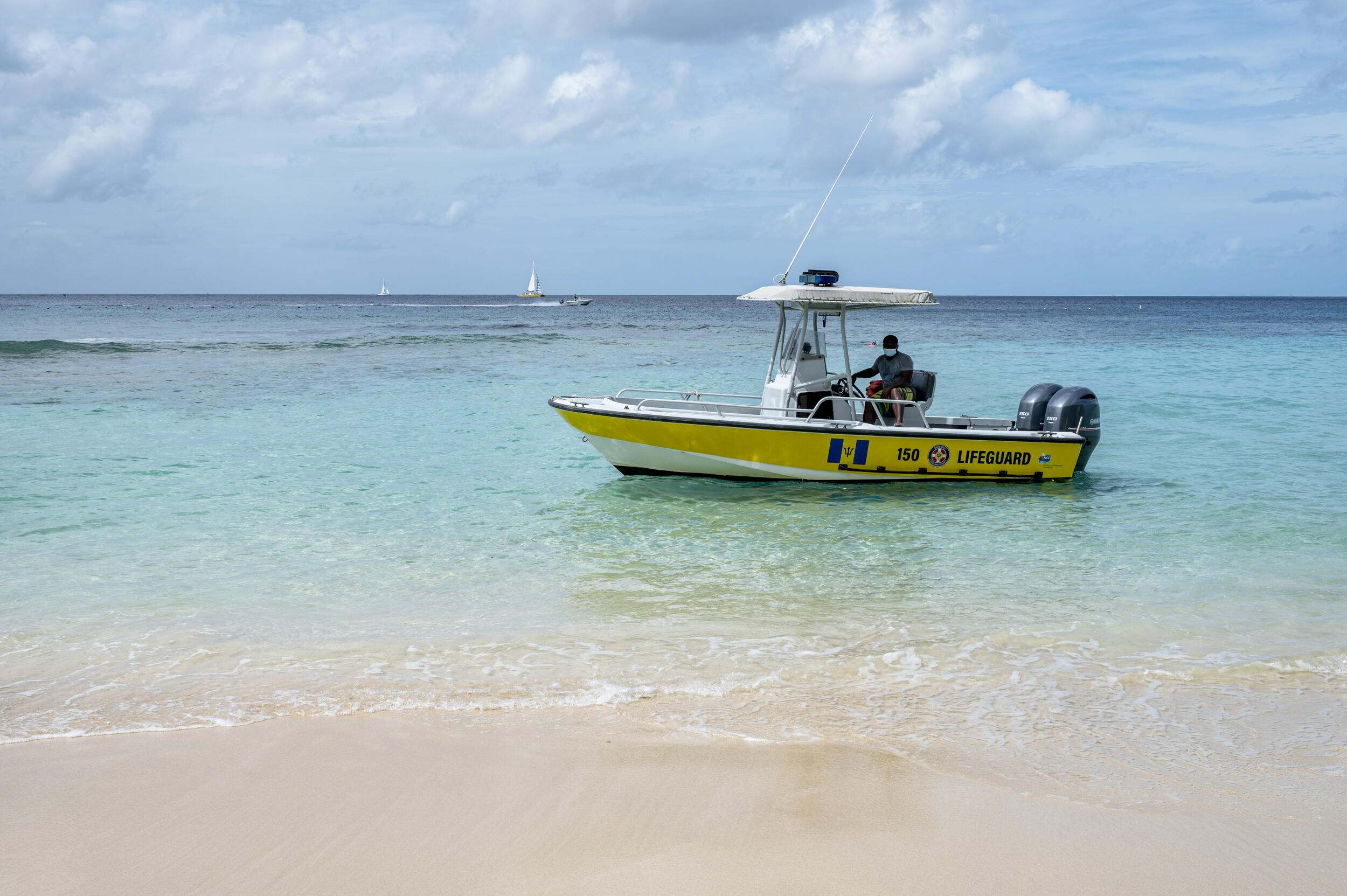Coral reefs are at risk due to coral bleaching caused by warming ocean temperatures and extreme heat waves, but certain coral populations exhibit tolerance to elevated temperatures. In Palau, corals within the Rock Islands experience consistently higher temperatures and extreme heat waves, but bleach less often than corals on Palau’s cooler outer reefs.
The study authors used genetic analyses, bleaching histories, and growth studies to identify tolerant genotypes, map their distribution, and determine if thermal tolerance results in a tradeoff in growth. Four different genetic lineages of Porites cf. lobata were identified and found to be distributed differentially across habitats and thermal regimes on Palau. The most heat-sensitive lineage is predominately found on the cooler outer reefs, while two thermal-tolerant lineages are found in the warmer Rock Island habitats. These findings suggest there is some genetic basis for thermal tolerance, either in the host coral or its symbiotic algae. One of the heat-tolerant lineages is also found in the cooler outer reefs, indicating a mechanism by which sensitive reefs may be repopulated after bleaching. This genetic lineage also showed no tradeoff in growth.
Implications for managers
Reef areas with elevated and/or variable temperatures can be home to thermally tolerant genetic lineages of corals. If protected, these areas can serve as breeding grounds for corals that are better able to thrive under future climate conditions and replenish affected reef areas naturally or through restoration. Identifying and protecting areas where these thermally tolerant corals reside is key to the persistence of coral reef ecosystems in the future.
Authors: Rivera, H.E., A.L. Cohen, J.R. Thompson, I.B. Baums, M.D. Fox and K.S. Meyer-Kaiser
Year: 2022
View Full Article
Communications Biology 5: 1394-1406. https://doi.org/10.1038/s42003-022-04315-7


